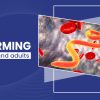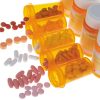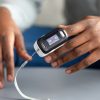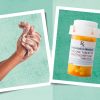- Empty cart.
- Continue Shopping
How to Use Mouthwash Properly
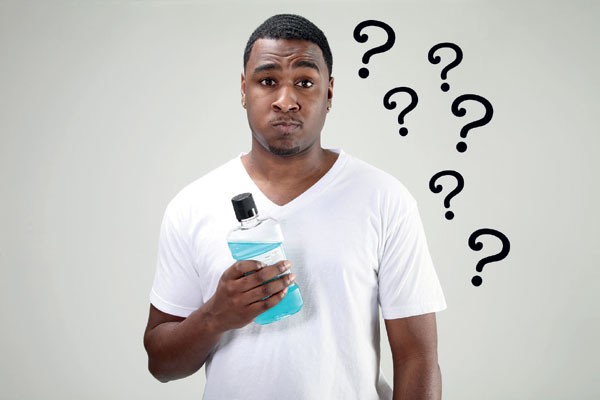
Mouthwash is a popular oral hygiene product that many people incorporate into their daily routine. It’s known for its ability to freshen breath, kill bacteria, and sometimes even whiten teeth. However, not everyone knows how to use mouthwash correctly. Using it the wrong way can reduce its effectiveness and may even cause harm.
The Right Time: When to Use Mouthwash
One of the first questions people often have is when to use mouthwash. Should it be before brushing, after brushing, or at a completely different time? The answer can vary depending on the type of mouthwash and your specific oral health needs.
- Before Brushing: Using mouthwash before brushing can help loosen plaque and food particles, making it easier to remove them when you brush.
- After Brushing: Using mouthwash after brushing and flossing can help kill any remaining bacteria and leave your mouth feeling fresh.
- Separate from Brushing: Some dental professionals recommend using mouthwash at a different time from brushing to extend the period of oral cleanliness throughout the day.
The Proper Technique: Step-by-Step Guide
Using mouthwash is a straightforward process, but there are some steps to ensure you’re doing it effectively:
- Read the Label: Different mouthwashes have different concentrations and may require dilution. Always read the instructions on the label.
- Measure the Right Amount: Use the cap or a cup to measure the correct amount of mouthwash, usually around 20-30 milliliters.
- Pour into Mouth: Pour the measured mouthwash into your mouth. Do not dilute it with water unless the instructions specify to do so.
- Swish Vigorously: Close your mouth and swish the mouthwash around. Make sure it reaches all parts of your mouth, including the gums and the spaces between your teeth.
- Gargle: To ensure that you’re also reaching the back of your mouth and throat, it’s a good idea to gargle for a few seconds.
- Spit Out: After swishing and gargling for the time specified on the label (usually around 30 seconds to a minute), spit the mouthwash out into the sink.
- Avoid Rinsing: Do not rinse your mouth with water immediately after using mouthwash. This can wash away the active ingredients.
Common Mistakes to Avoid
- Swallowing: Never swallow mouthwash. It contains ingredients that are not meant to be ingested.
- Using Too Much: More is not necessarily better. Using too much mouthwash can lead to oral irritation.
- Short Swishing: Not swishing for the recommended time can reduce the effectiveness of the mouthwash.
Choosing the Right Mouthwash
There are various types of mouthwash available, each with its own set of benefits. Some are designed to combat bad breath, while others focus on reducing plaque or whitening teeth. If you have specific oral health concerns, such as gum disease or sensitive teeth, consider a therapeutic mouthwash with active ingredients that address these issues. Always consult with a dental professional for personalized advice.
In conclusion, Using mouthwash can be a beneficial addition to your oral hygiene routine when done correctly. By understanding the proper technique and avoiding common mistakes, you can maximize the benefits of your mouthwash. Whether you’re looking to freshen your breath, fight plaque, or address specific oral health issues, the right mouthwash used correctly can help you achieve a cleaner, healthier mouth.



